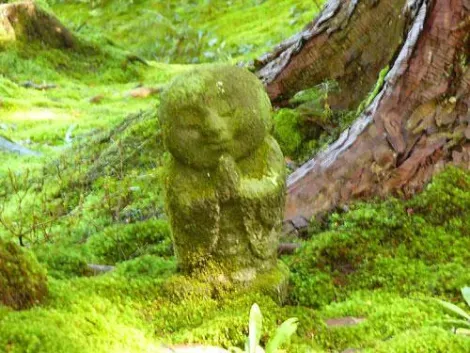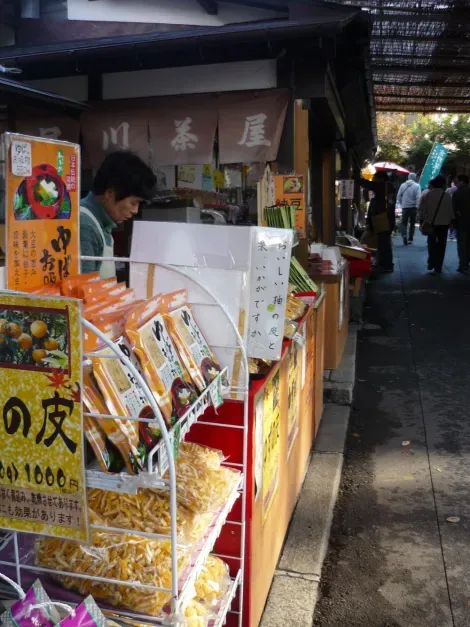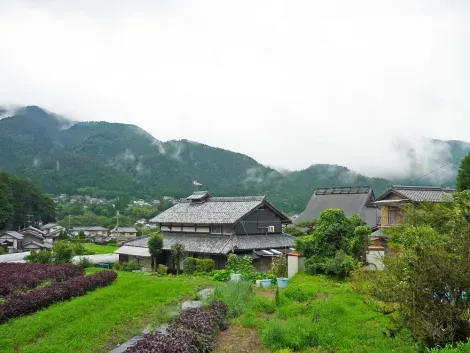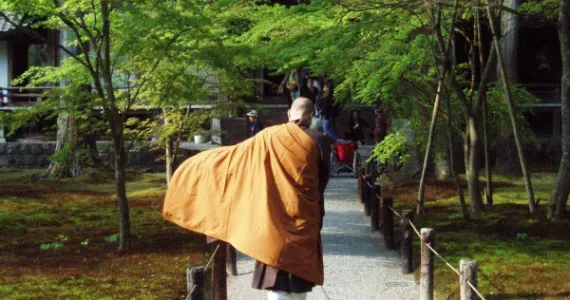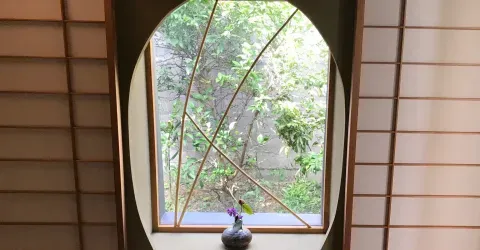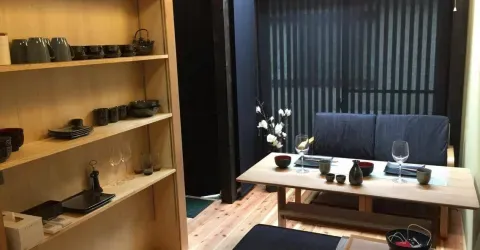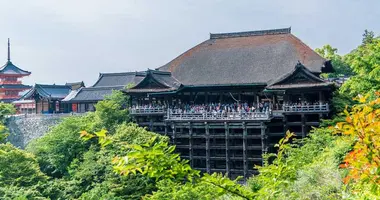Ohara 大原
Japan of cities, Japan of fields
Although still within the administrative boundaries of Kyoto, Ohara seems to come straight out of a timeless bubble, away from everything. At the foot of Mount Hiei, this agrarian town reveals the charms of a Japanese tourists often unknown to tourists: that of the countryside.
Get on a bus and let yourself be transported. In about forty minutes of snaking through hills and valleys, the shuttle takes you deep into the countryside. Ohara is a popular destination for scenery lovers. The ideal is to spend the night in a ryokan (traditional inn), but those in a hurry may settle for a day of frolicking in nature.
Water and earth
If Ohara has a good reputation in the region, it is because of its tsukemono. These vegetables preserved in various preparations, accompany meals. They are used to "clean the palate" between the various dishes that make up Japanese meals. Along the main street leading to Sanzen-in temple, many stores offer a taste of these vinegared or salty specialties. Culinary adventurers will tempted by tasty experiences at any time of the day!
Continue the walk in the forest surrounding the village that will lead you to the waterfall Otonashi no taki, literally "the waterfall without noise." It is said that the sound of the waterfall merged with the chants of the monks of the nearby temples, making it almost silent.
The village is dotted with many hot springs, open to the public or in hotels directly drawn from the surrounding mountains. Renowned for its red maples in autumn and snowy winter landscapes, Ohara is the perfect place to discover rural Japanese rural, by getting lost between the mountains and rice fields.



